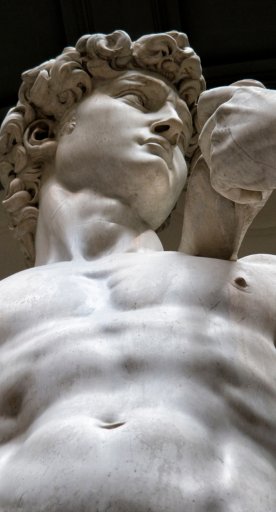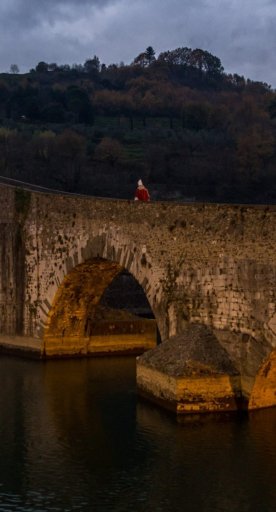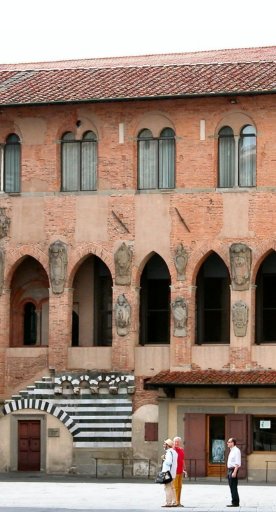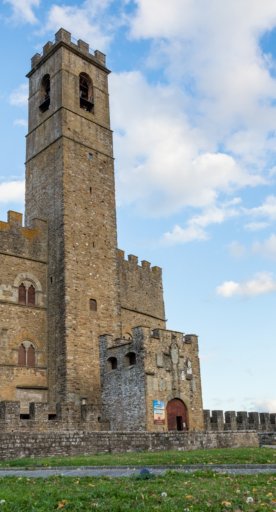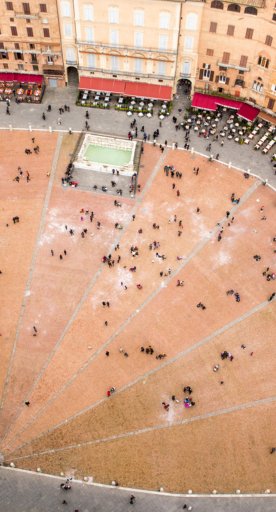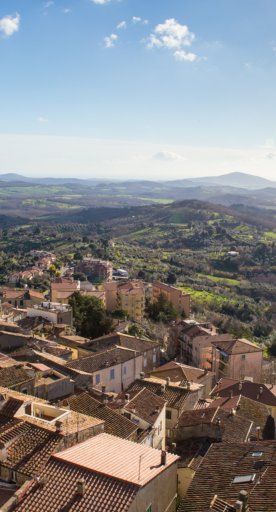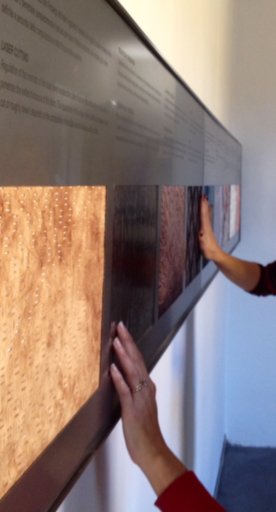Camporgiano: What to see and do
Nature and culture by the banks of the River Serchio
Tucked away in a valley between the Apennines and the Apuan Alps, Camporgiano nestles by the right bank of the River Serchio, in the Garfagnana and Mid Serchio Valley area. Its most immediate attraction is the bulky Rocca degli Estensi, the fort that the Este family, who had expanded from their home city of Ferrara, built in the 15th century to keep the Garfagnana territory under their thumbs. But there is a surprisingly cultural side to this fortress, which is home to the Museum of Renaissance ceramics. Another of Camporgiano's points of interest is far humbler and less conspicuous, a pilgrimage route: but the via del Volto Santo, even if not so visible as a castle, has been walked by pilgrims in their millions. On a more secular note, the town also hosts a beer festival in mid-July.
-
1.Rocca degli Estensi
-
2.Via del Volto Santo
-
3.See sculpture from the Pisano Family
Rocca degli Estensi
The first stone of this fortress was probably laid as long ago as the tenth century, but it was in the fifteenth that the House of Este turned it into the domineering stronghold that it is today. One of its towers contains the Renaissance Ceramics Museum, most of whose exhibits, dating from the 15th and 16th centuries, were retrieved from local rubbish dumps. They contain many examples of majolica from Faenza, a city in Emilia-Romagna famous for its pottery, which attests to the local dominion of the Emilian House of Este. The fortress was shaken by a major earthquake that rocked the Garfagnana in 1920, but most of its outer structure survived intact.
Via del Volto Santo
The Via del Volto Santo is a pilgrimage route that starts in Pontremoli, up in the north-western reaches of Tuscany, and crosses 150 kilometres to arrive at Lucca. Specifically, the final destination is the San Martino Cathedral, which is home to the Volto Santo (Holy Countenance), a large wooden crucifix. The route is divided into ten sections, and Camporgiano falls on the seventh of these, between piazza al Serchio and Castelnuovo di Garfagnana. If you want a taste of the peregrine life, you can walk to the latter from Camporgiano, a distance of ten kilometres. You are sure to bump into other pilgrims along the way.
See sculpture from the Pisano Family

Camporgiano's most impressive building is of course its castle, but it can also boast a number of beautiful churches. The Church of San Jacopo is a Romanesque-style medieval building, which was restored in 1838: above the main altar you find a painting of the Holy Trinity by Francesco Pellegrinetti, an artist from the nearby town of Camaiore. But you will also find the work of a much more famous artist, Andrea Pisano, who sculpted the wooden Madonna and Child that stands beneath the apse. The Church of Santa Maria Assunta, meanwhile, which stands in the nearby hamlet of Puglianella, can claim a wooden Madonna and Child by Nino Pisano, son of the aforementioned artist.











